JEQUITIBÁ
Cariniana legalis
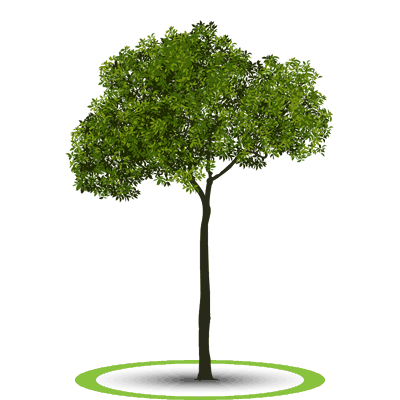
- Height
- 30 to 50 meters
- Growth
- Moderate: 1.0 meter per year
- Flowering
- Its little exuberant flowers are small and delicate, cream-colored.
DEVELOPMENT STAGES
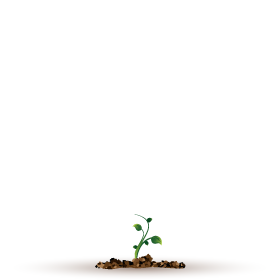
SEEDLINGS
Post-germination
12 to 20 days
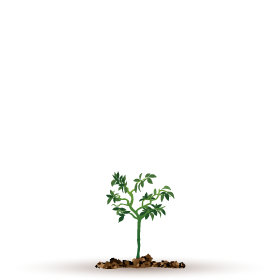
BABY PLANT
Pre-planting
4 to 6 months
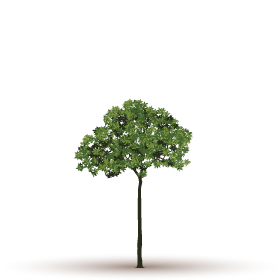
BUSH
Juvenile
1 to 7 years
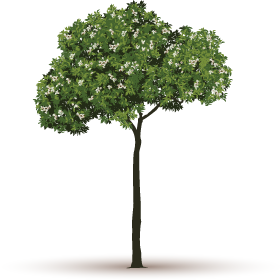
TREE
Adult
7 to 10 years
CULTURE AND SYMBOLISM
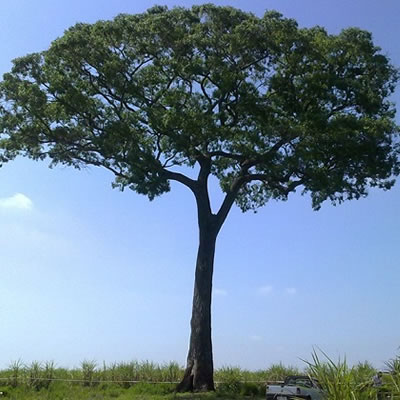
The fruits of Jequitibá are woody with a shape that resembles a small glass with a kind of cover, which detaches when it is ripe. These fruits were used by the Indians to make pipes. In popular imagination, the Saci’s pipe is made with the fruit of Jequitibá.
In 1925, the Research Institute Jardim Botânico do Rio de Janeiro received the illustrious visit of Albert Einstein who, upon hearing the description of the properties of Jequitibá (Cariniana), embraced and kissed the gigantic tree.
In the interior of São Paulo, in Santa Rita do Passa Quatro, there is a kind of Jequitibá that some people attribute to it more than 3000 years of age. The proportions of this tree are impressive: 40 meters high, equivalent to a building with 13 floors and a diameter of 3.6 meters and a circumference measuring 11.3 meters. It takes about ten men to embrace the entire trunk of this Jequitibá, which is known as Patriarch, because of its magnificence and because it is the oldest Brazilian tree on record.
SEASONAL BEHAVIOUR
Jequitibá blooms in summer. Throughout the seasons its leaves are renewed and the tree is never totally leafless.
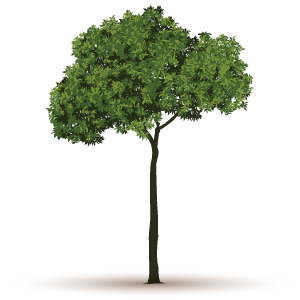
SPRING
September to December
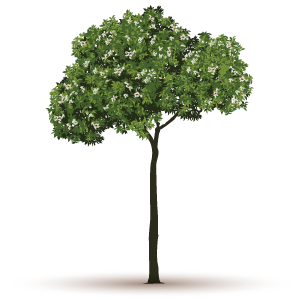
SUMMER
December to March
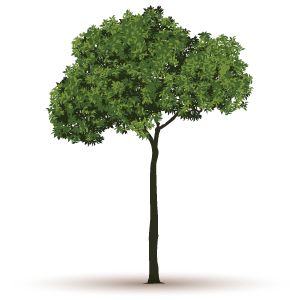
AUTUMN
March to June
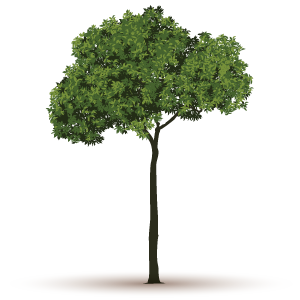
WINTER
June to September
CARE AND HANDLING
The growth and development of plants result from the interaction between genetic and environmental factors. BioParque values the use of certified seeds, prioritizing the quality of the plants. In addition, sustainable management practices are adopted in order to provide optimal conditions for the development of trees, also respecting the environment.
WATER AND NUTRIENTS
- Irrigation: The amount of water required by trees varies according to their species and environmental conditions. BioParque has developed an irrigation program to meet the different needs of tree species.
In its first year of life Jequitibá requires moderate but frequent irrigation. In field conditions, establishment phase or juvenile period of the tree, complementary irrigations will be done whenever is necessary. Since Jequitibá is a plant that prefers humid soils, throughout its development it will receive irrigation at different time intervals, in order to guarantee ideal conditions for its development. - Fertilization: Fertilizations will be carried out according to the nutritional requirements of each species throughout their life cycle, according to the results of periodic technical evaluations.
PLANT HEALTH CONTROL
- Preventive actions: periodic inspections will be carried out to prevent possible outbreaks of pests.
- Alternative technologies: specific ecological actions will be used, whenever necessary, to prevent and fight pathological agents.
PRUNING
When necessary, for safety reasons, to improve the structure or health of the tree, pruning will be performed.





